
Hi! I'm Ferenc Dalnoki-Veress
Making science related to policy simple to understand.
Scientist-in-Residence & Adjunct Prof at the James Martin Center for Nonproliferation Studies (CNS)
Portfolio
Physicist with extensive contributions across multiple fields. Skilled in working on interdisciplinary projects and collaborating with subject matter experts across wide fields. Technical focus on: Multiple AI agent simulations for decision making/treaty writing, supply chain calculations (with Anylogistix), nuclear nonproliferation, public health, nuclear weapons and nuclear safety, emerging technology (semiconductor industry, robotics, quantum sensing), and crowd incidents and missile trajectory and cruise missile range simulations. Contributed technical analysis to the visual forensics teams of the Washington Post, Human Rights Watch, and Amnesty International. Consult for the Pacific Island Forum of nations. Member of the SNO Collaboration that won the 2015 Nobel Prize in physics. Laureate along with my team of the 2016 Breakthrough Prize in Physics. Proven track record of winning funding competitions across diverse fields. H-index= 28, >17,600 citations and over 100 publications (updated 5/2024) (Google Scholar).
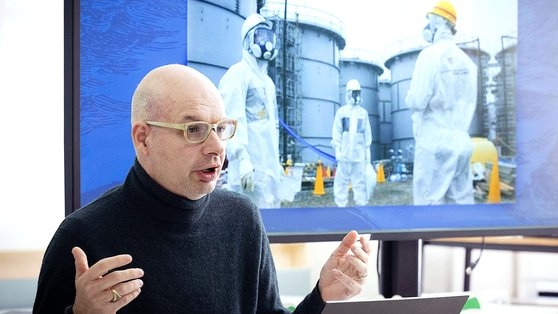
KEYWORDS: AI Treaty Writing and Negotiations, Public Health, Disarmament, Arms Control, Crowd Management, Ukraine, Explosion Analysis, Nuclear Safety, Cancer, Antineutrinos, Supply Chain, Pandemic, Nuclear Reactor, Fukushima, Afghanistan, Quantum Sensing, Robotics, Semiconductor Industry, Technical Analysis, Nuclear Nonproliferation
Current Focus/Interest: Multiple Agents for Decision Making
I am super-excited about using agentic simulations for treaty writing, high-stakes decision making, and negotiations. I view this as a strong application for the use of multiple agents in a sense that we can simulate the behavior of multiple parties in a negotiation. The idea is to use custom generative AI agents to brainstorm and solve and even negotiate complex problems in high-stakes contexts. By running thousands of such simulations, we extract distributions of negotiation variables such as Zone of Possible Agreement (ZOPA), Best Alternative to a Negotiated Agreement (BATNA), as well as identifying key leverage points, potential trade-offs, and optimum deal structures. Here is a presentation that I gave at the United Nations Institute of Disarmament Research (UNIDIR) on May 9th 2024.
For Professors: Request permissions via MIT Press
“This book tells you everything you wanted to know about nuclear issues but may have been too overwhelmed to ask.” “A comprehensive introduction to nuclear issues written in a simple and engaging style but containing such a wealth of information that experts too can learn interesting things. Each side in the debate over nuclear power will find both ammunition and a better understanding of the other side.” “This book should become a valued reference for specialist and general readers alike, and I look forward to having a copy on my shelf.” Well, that was me some time ago when I worked for the Max Planck Institute for Nuclear physics at Laboratori Nazionali del Gran Sasso in Italy (LNGS). Feel free to contact me through social media icons below. Resume/CV is available by request 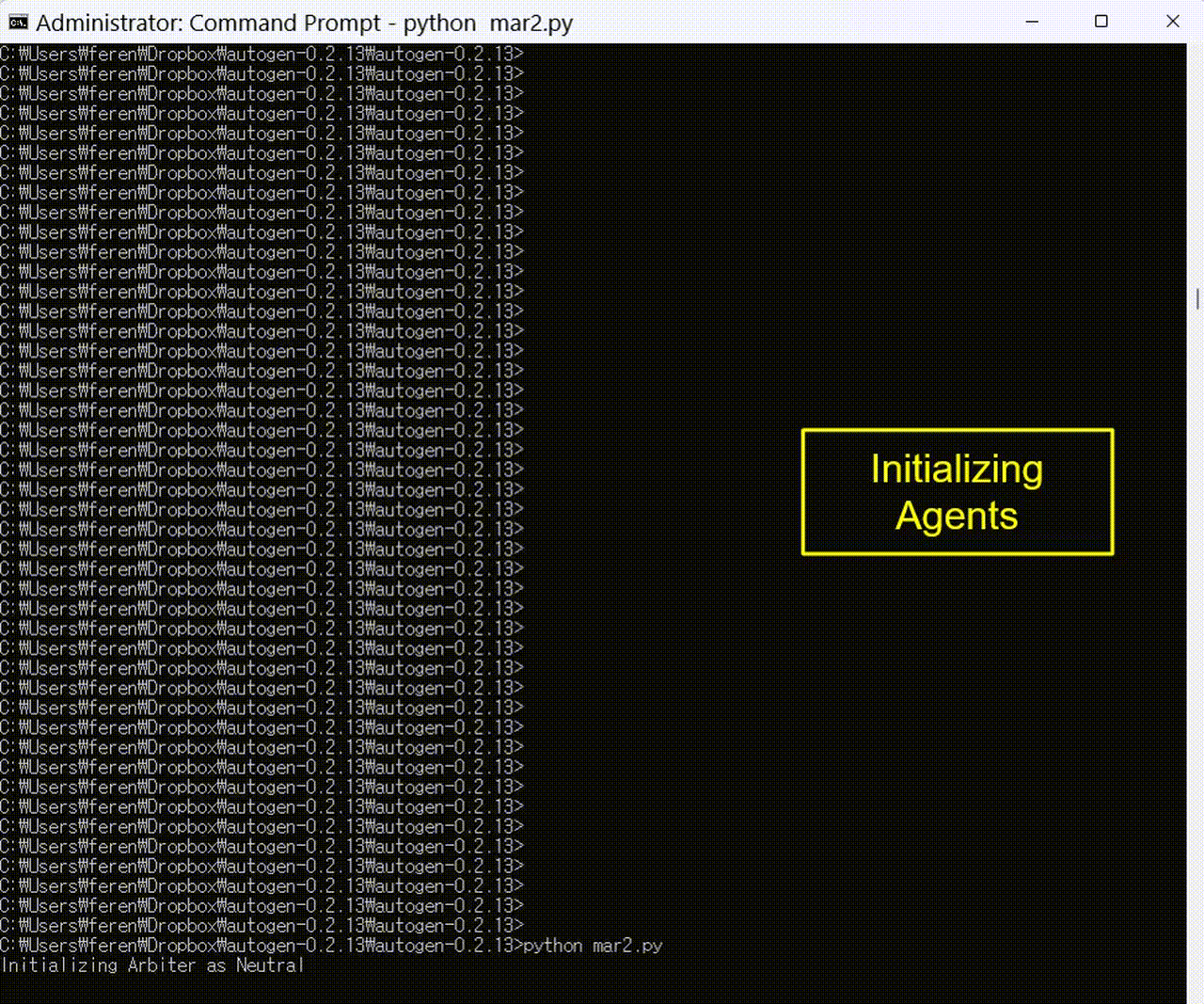
Pinned Works

Contributed a technical analysis to the fabulous Washington Post Visual Forensics team of the US drone strike that killed Mr. Zemari Ahmadi (in Kabul) and 9 of his family members. I demonstrated that there was no large explosion indicating for the first time that the US drone strike did not hit an ISIS-k compound.

In this paper with Dr. Adam Berstein (Livermore National Lab) and Rachel Carr (MIT) we explore seismic cueing to detect antineutrinos from nuclear explosions. When a seismic signature of a nuclear explosion is detected by the IMS, a 10 second window is opened for antineutrinos.
Antineutrinos
Nuclear Weapons
Contributed technical analysis to Amnesty International Report of the Mariupol bombing of the Drama Theatre.
Explosion Analysis
Selected Work and Media
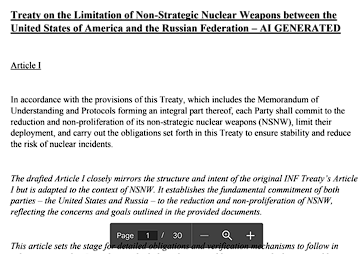
One-Shot AI-generated (Arbiter Agent Approach) mock Treaty on the Limitation of Non-Strategic Nuclear Weapons between the United States of America and the Russian Federation. Inputs were RAG access to 20 relevant documents focused on national points of view. Agent was instructed to consider the points of view of both parties.
Conversational Agents, Nuclear Weapon Treaty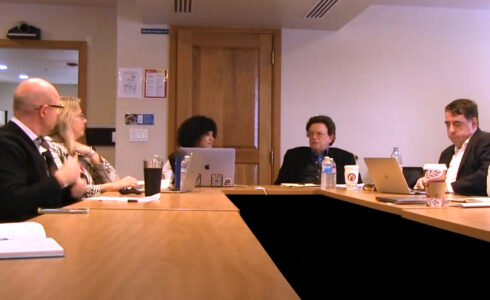
I participated in an internal CNS discussion on the application of AI & Gen-AI to nonproliferation and arms control and disarmament. The inspirational Dr. Sarah Shoker from OpenAI and my brilliant CNS colleagues (Dr. Ian Stewart (Head of CNS DC office), Steven de la Fuente (CNS), Dr. Allison Berke (Director of CNS Chemical and Biological Weapons Nonproliferation Program) and Dr. Natasha Bajema) also presented
Conversational Agents, Gen-AI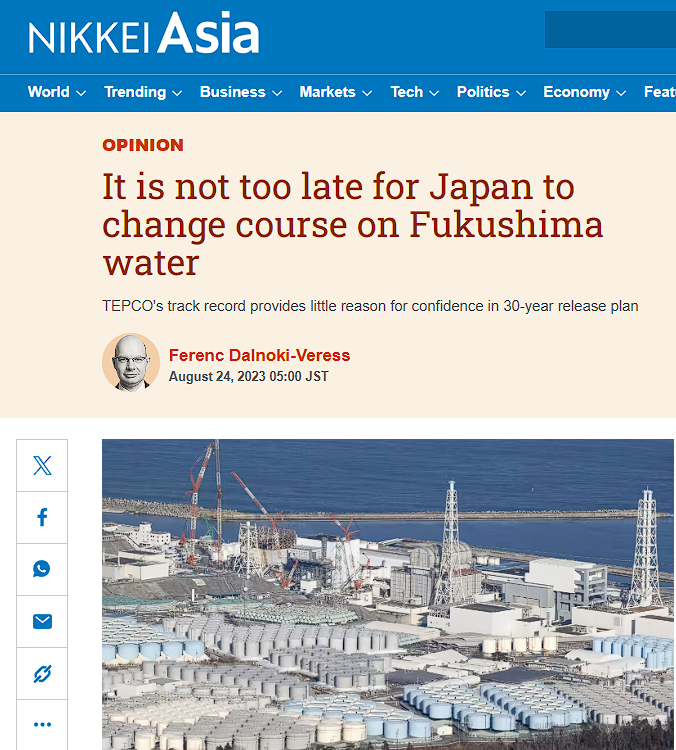
This is an editorial I did in Nikkei Asia regarding the Fukushima ALPS treated water as a member of the Pacific Island Forum (PIF) of Nations panel of experts. I strongly feel that there are alternatives (concrete alternative) that should have been tried. While many countries pollute far worse than Japan including the ones that complain most about Japan! Releasing any contaminants into the ocean a terrible precedent to set in 2024 - especially in the U.N. Ocean Decade.
Fukushima, PIF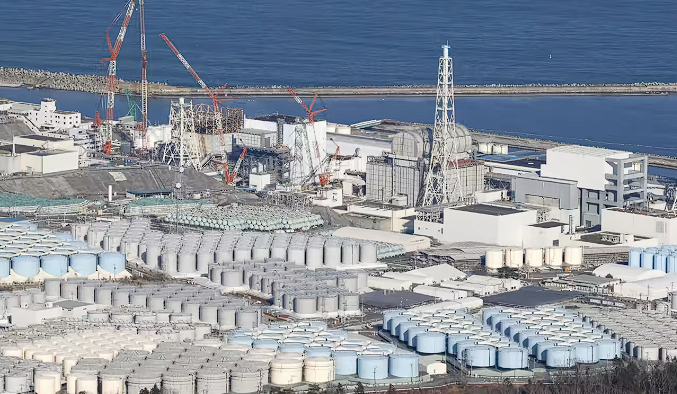
Here I describe a viable alternative to releasing ALPS treated water into the sea: using it to make concrete for roads, bridges etc. Benefits include faster tank emptying, no impact on fishing, non-transboundary, tritium safely contained, and fresh water conservation. Despite Expert Panel's repeated proposals, TEPCO and Japan have rejected this option which is unfortunate. You can see in the link the many reports that we have written.
Fukushima, PIF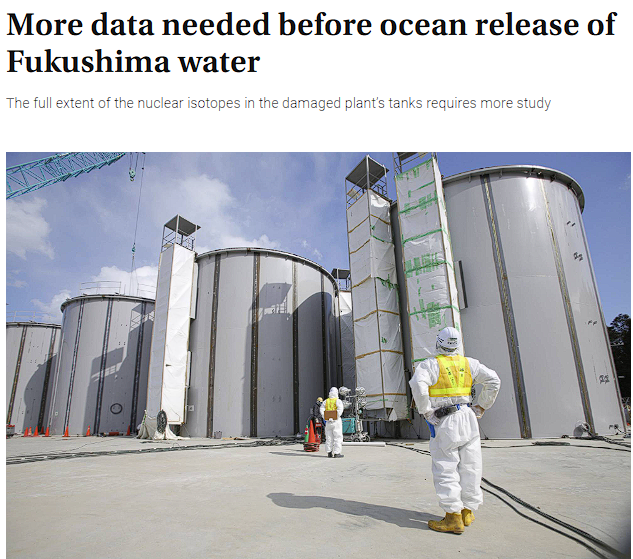
This was the joint editorial we did in the Japan Times that we wrote with my colleagues on the expert panel and is a summary of the research we did analyzing TEPCO's technical data and based on our discussions with stakeholders.
Fukushima, PIFIt was such a pleasure to moderate this discussion on The Power of VR and Storytelling: Building Empathy for a Nuclear Weapons Free World. The panel discussed the incredible VR movie "In the Morning You Wake" about the Hawaii missile scare. VR Story telling will be such a powerful medium.
Disarmament 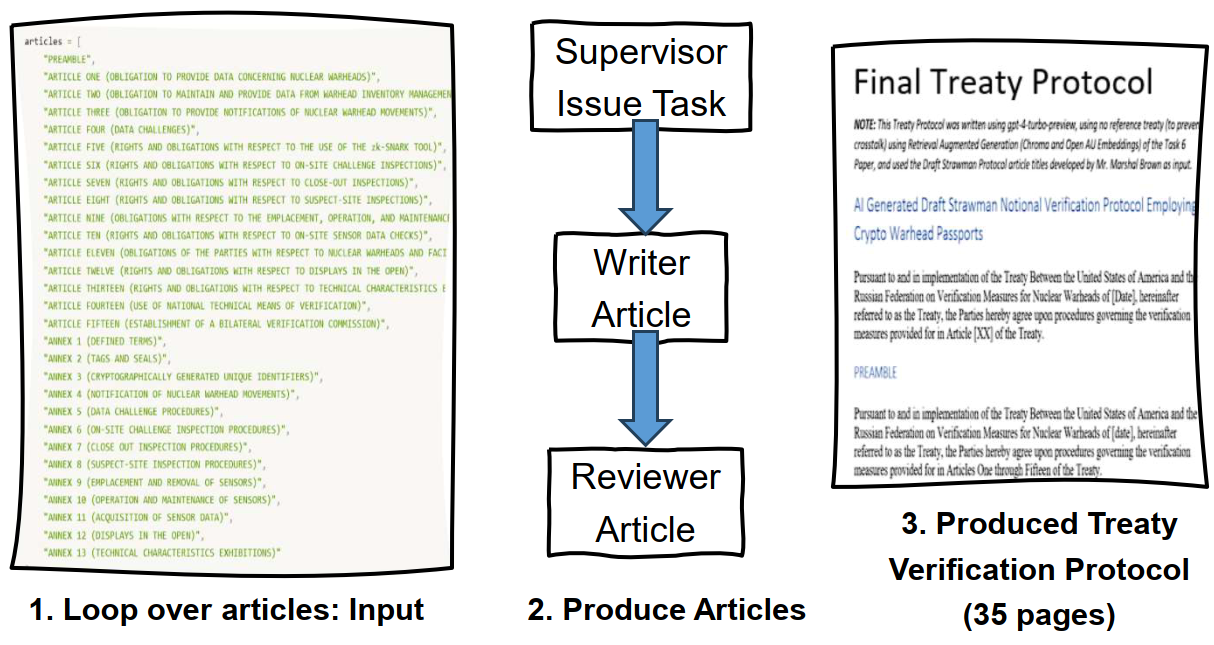
In one-shot we produced an experimental, 35 page AI-generated verification protocol (no Annex) for nuclear warhead tracking based on work we did with Stanford University. I used Open AI embeddings and Chroma for RAG looping over external Article titles in a 3-agent configuration to produce the protocol in one-shot. One exciting application of Conversational AI agents in treaty writing and high-stakes decision-making.
Conversational Agents, Verification, AI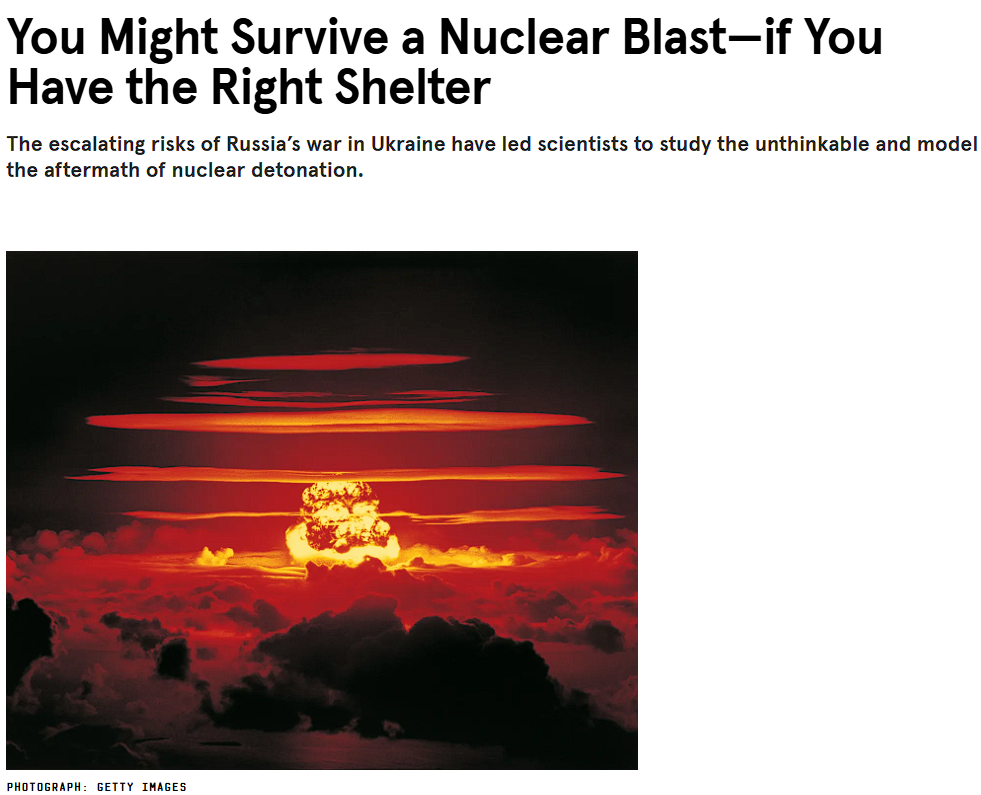
Here I discussed that shadowing effect can lessen the airspeed and forces involved if a nuclear detonation occurs in a city. Those in a basement might avoid the worst blast effects too. “A lot of people have a nihilistic point of view that there’s nothing we can do about it,” but that’s not the case. I argue that if you happen to survive the blast effects then you may survive the aftereffects.
Nuclear Weapons, Book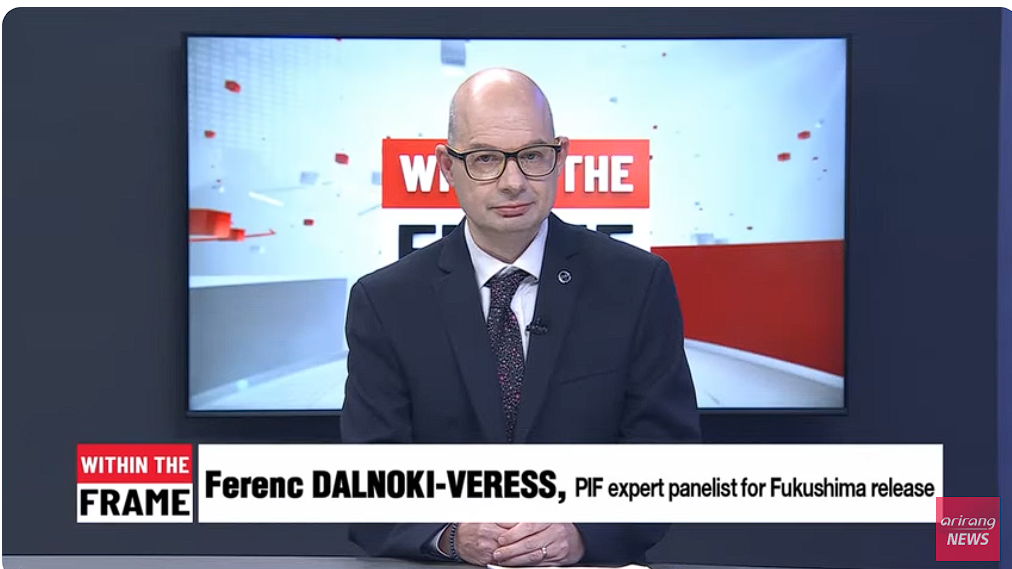
I presented my views on South Korean Arirang TV's "Within the Frame" on the release of ALPS treated water from the Fukushima NPP as a member of the Pacific Island Forum (PIF) of Nations panel of 5-experts. I presented my perspective based on a review of TEPCO's technical data which was shared with us as part of the panel.
Fukushima, PIF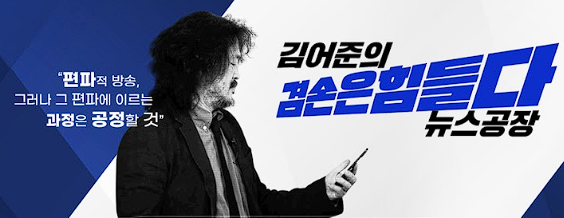
I presented my views on the popular Korean Youtube Channel "News Factory" by Kim Ah Joon on the release of ALPS treated water from the Fukushima NPP as a member of the Pacific Island Forum (PIF) of Nations panel of 5-experts. I presented my perspective based on a review of TEPCO's technical data which was shared with us.
Fukushima, PIF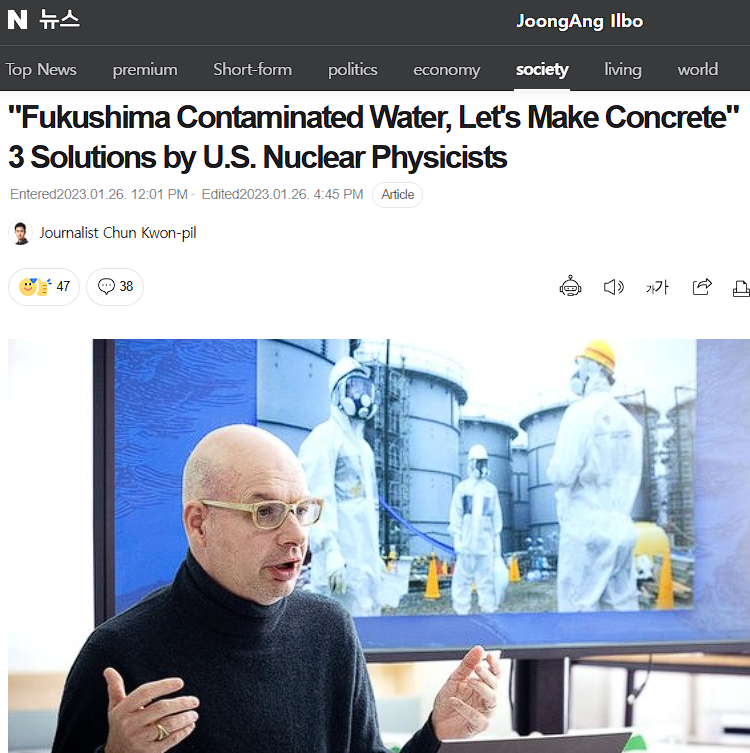
I was interviewed for newspapers in South Korea on the release of ALPS treated water from the Fukushima NPP as a member of the Pacific Island Forum (PIF) of Nations panel of 5-experts. I presented my perspective based on a review of TEPCO's technical data which was shared with us. This one was for the JoongAng Ilbo circulated in Seoul.
Fukushima, PIF
Research report with Josh Pollock on public health engagement with North Korea. There is a lot we can do!
Public Health North Korea (pdf) I discussed food supply modelling of the Dairy Industry in California during COVID-19. There are excellent tools such as Anylogistix . Improving resilience against climate incidents, geopolitical shocks or pandemics is an ongoing problem for many industries (semiconductor) that we need to study further.
Supply Chain Pandemic This was a fun discussion on "Challenges and Opportunities for Public Health Engagement with North Korea in the COVID-19 era" with Josh Pollock and Dr. Kee Park from Harvard. Dr Park is a well known expert on North Korea public health system. Josh starts the discussion with why are a bunch of nuclear specialists focused on public health! And a rich discussion followed. Thanks to National Committee on North Korea for hosting the discussion.
Public Health North Korea 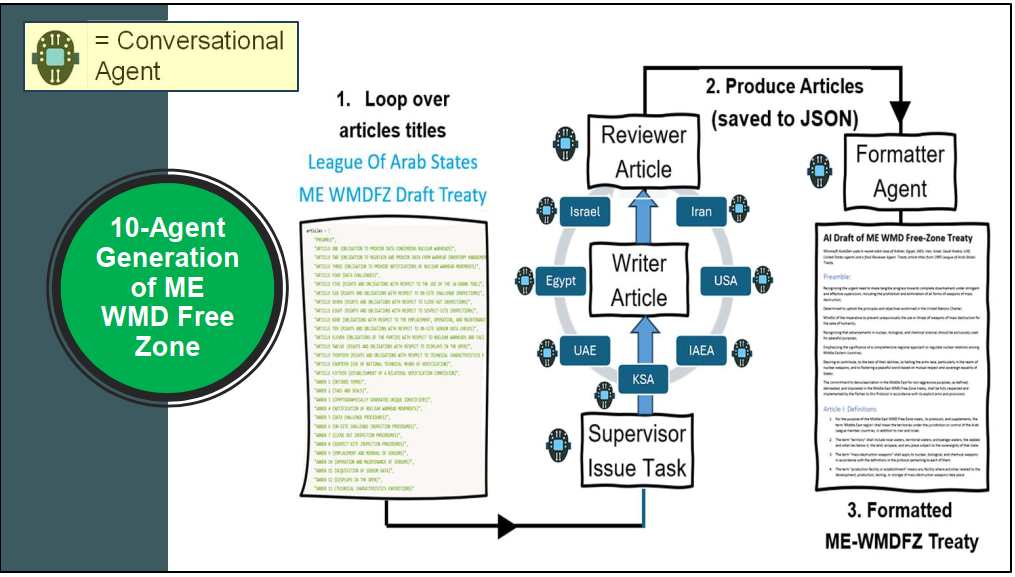
10-agent conversational AI simulation (one-shot) to generate a Middle East Weapons of Mass Destruction Free Zone (WMDFZ) treaty, which I presented at the United Nations Institute for Disarmament Research (UNIDIR). Simulation involved agents representing the perspectives of six selected countries and the IAEA, based on documents and statements from the UNIDIR repository. The "Writer," "Reviewer," and "Formatter" agents collaborated to generate treaty articles.
Conversational Agents, Gen-AI, Nuclear Weapon Free Zone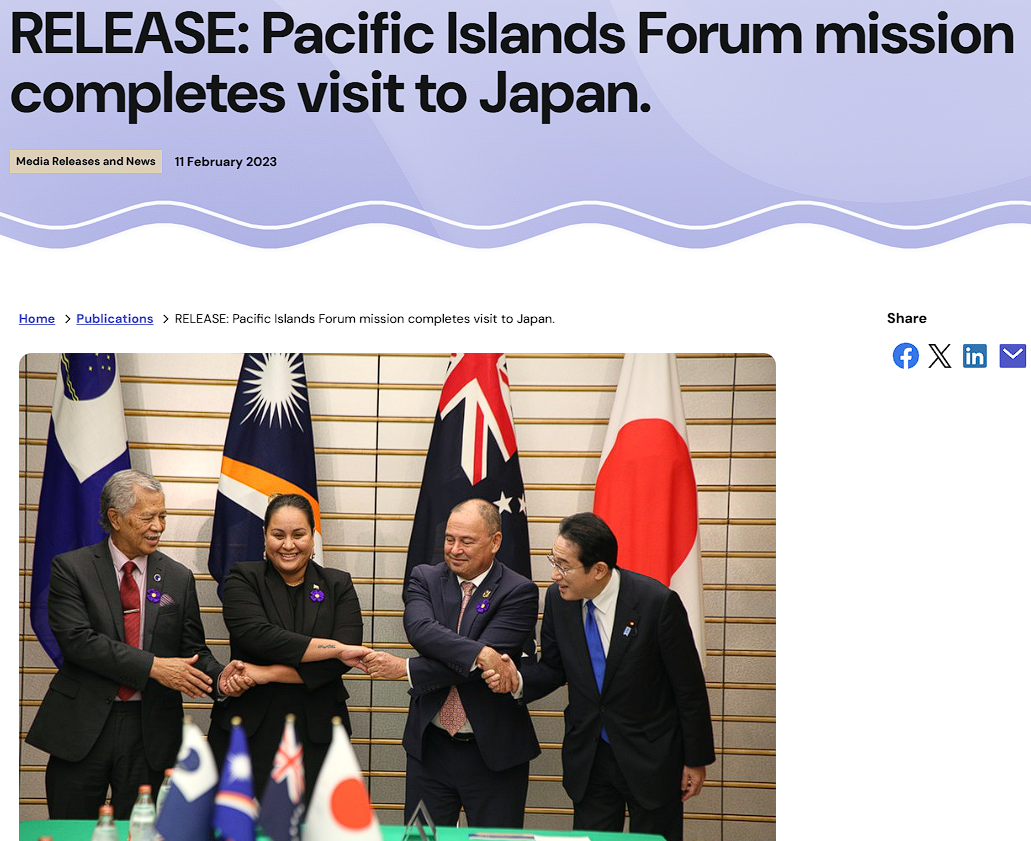
I was part of a mission to Tokyo where we met with Japan in technical discussions. Three of us met in a closed-door meeting with stakeholders at the Ministry of Foreign Affairs HQ in Tokyo as well as with politicians and PIF leaders.
Fukushima, PIF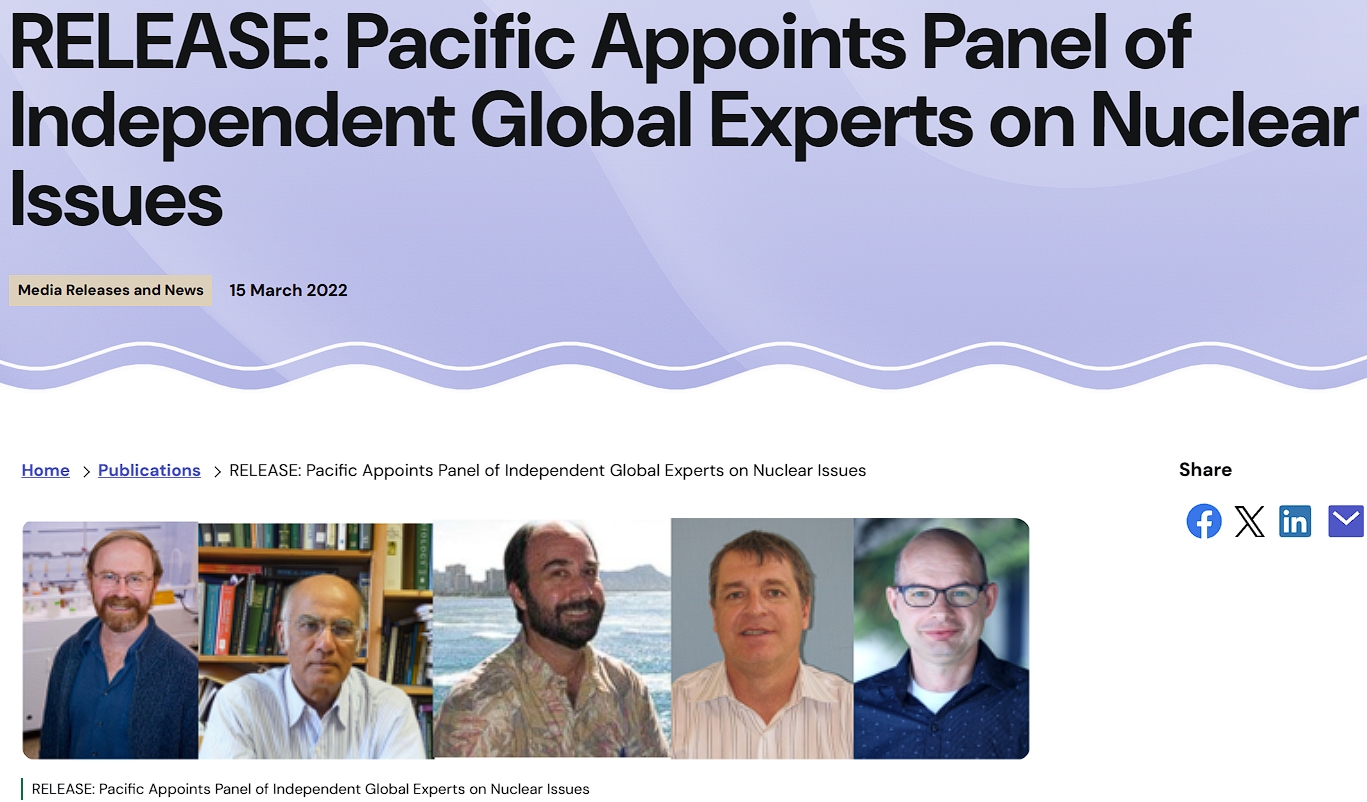
In March 2022 I was appointed to a multi-disciplinary panel on experts to review and advise the Pacific Island Forum of nations on Japan's plan to release 1.3 billion tons of ALPS treated water into the Pacific Ocean. During the first meeting with Japan and TEPCO, it became apparent that TEPCO's highly technical presentations were difficult for the Pacific Island Forum politicians to comprehend without specialized training, potentially leading to confusion and hindering informed decision-making.
Fukushima, PIF, Science Policy
In this Q&A Sohia Chen interviews me about how I navigate being a physicist in a policy world.
Interview
Japan Times op ed from August 26 2022 focused on our concern of the release of 1.3 million metric tons of contaminated water into the Pacific Ocean. This is part of the work I am doing as part of an expert panel for the Pacific Island Forum of nations. This oped is drafted in our individual capacities and our views may or may not be shared by the forum secretariat or its members.
Nuclear Safety Fukushima Japan 
In 2019 five Russian radionuclide sensors that are part of the International Monitoring System abruptly started to stop sending data. This coincided with an the August 8 explosion at Nyonoksa in northern Russia–and the initial report of a spike in radioactivity in the nearby city of Severodvinsk. I proved that it is highly unlikely that all 5 detectors refused to work at the same time, and that data is being deliberately witheld.
Radioactivity Russia Interview with Middlebury College on the Kabul drone strike analysis. I discussed the emotional toll that such an analysis can have. Especially with the horror of the mistake and the difficulty in analyzing such images.
Explosion Analysis Afghanistan 
This was an article in the Journal of Global Oncology. I love spreading my wings wide and learing about different topics. The Treatment not Terror project is definitely one of my favourite projects.
CancerContributed a technical analysis (see: 5 min onward) to the fabulous Washington Post Visual Forensics team. I analyzed video demonstrating that the people in the crowd during the concert had no control over their movement leading to a potentially deadly situation.
Crowd Analysis MIT Press
MIT Press
Nuclear Choices Book: A Citizen's Guide

Dr. Patricia Lewis
Prof. Frank von Hippel, Senior Research Physicist and Professor of Public and International Affairs Emeritus, Program on Science and Global Security, Princeton University
Cameron Reed, Charles A. Dana Professor of Physics Emeritus, Alma College PBS WNET Open Mind - with Alexander Heffner - May 2 2022
 Discussion of the book with Co-Author Prof. Richard Wolfson (Middlebury College)
Discussion of the book with Co-Author Prof. Richard Wolfson (Middlebury College)
About Me

Wet Science
Those days I practiced what I call “Wet Physics” (ultralow background detection) at various locations, first in Canada working on the Sudbury Neutrino Observatory, then in Germany at the Max Planck Institute of International Studies (MPI-k), then Gran Sasso Labs on the Borexino experiment. This truly was “Wet Science” in the sense that the SNO experiment was a 10,000 ton heavy water detector located 2 km beneath the ground in a mine in Canada. So a lot of water. Borexino, a little smaller, but also a large detector filled with liquid (not water, but a liquid scintillator). We were super-excited that the Nobel Committee chose our project for the 2015 Nobel Prize. Icing on the cake was when we also won the 2016 Breakthrough Prize in Physics as well.
Dry Science Does NOT Mean Boring Science
I moved to Princeton University Physics Department continuing to work on the Borexino experiment but met the amazing group of people at Princeton’s Program on Science and Global Security and in particular Prof. Frank von Hippel and I realized that the physics that I love can be applied to the greater good not just high energy physics. I then transitioned from “Wet Physics” to what I call “Dry Physics”. Not dry in the sense that it is boring, it is anything but. Rather applying physics to policy challenges in areas related to nuclear nonproliferation, nuclear weapons emerging technology etc. At the James Martin Center for Nonproliferation Studies (CNS) and the Middlebury Institute of International Studies at Monterey (MIIS), I instruct courses, on themes where Science and Policy intersect. I believe as Jonathan Foley, the executive director of the California Academy of Sciences, has said that a “healthy democracy depends on science” which is why I am keenly interested in science communication.
Contact